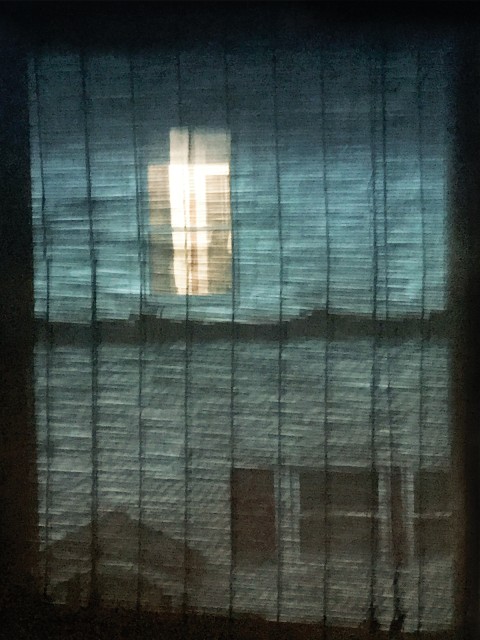Virtual worship has become the people’s work
Discovering the limits—and possibilities—of common prayer via Zoom

When news broke in March that COVID-19 was closing churches in my state, it took a few days for the reality to sink in: How, if at all, should the church gather? Like other church leaders, I felt caught between congregational expectations, denominational restrictions, and the pressure to reinvent the liturgical wheel. My midsize, suburban congregation had been trying to nurture the full participation of the people in worship. How would we continue this effort without meeting in person?
An even greater challenge was posed by another liturgical principle: that the primary symbol of the liturgy is the gathered assembly itself, which refracts grace in its gathering and movement, its word and song, its washing in baptism, and its sharing the eucharistic meal at the common table. In the absence of actual bodies, such a symbol seemed impossible.
Something adaptive was in order, a wedding of the scattered accessible pieces of the liturgical storehouse and the brave new world of video conferencing and social media. My church decided to use Zoom—and soon made some surprising discoveries about our common prayer.




